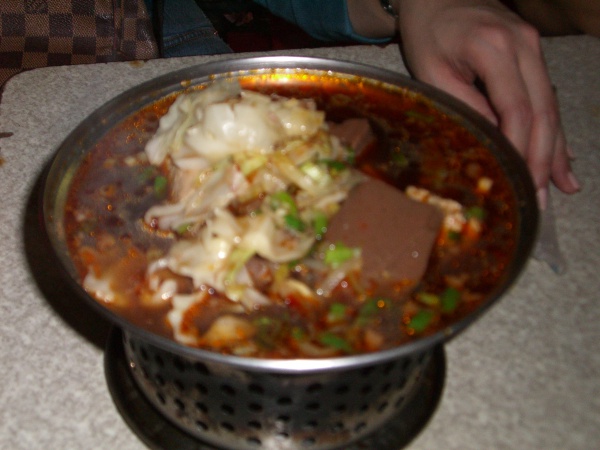Facts About Mala sauce
Mala is a cherished and fiery flavor in Chinese cuisine, celebrated for its distinctive numbing and spicy kick. This unique taste arises from a blend of Sichuan peppercorns, chili peppers, and various spices simmered in oil. Originating from the Chongqing and Sichuan regions, mala boasts numerous regional variations, each adding its own twist to this tantalizing sensation. The name "málà" itself combines the Chinese words for "numbing" and "spicy" aptly describing the mouth-tingling experience it provides. The numbing effect is due to a compound called hydroxy-alpha-sanshool found in Sichuan peppercorns.
The history of mala dates back to the bustling night markets of Chongqing during the 19th and 20th centuries, where it was a favorite among dockworkers. The intense flavors and oil in the sauce helped preserve food and mask the odors of less-than-fresh ingredients. Today, mala sauce is incredibly versatile, enhancing the flavors of stir-fries, stews, soups, hot pots, and even serving as a dipping sauce. In the Sichuan and Yunnan provinces, mala powder is a popular seasoning for snacks like stinky tofu and fried foods.
Creating mala sauce involves simmering dried chili peppers, douban paste, garlic, and an assortment of spices in beef tallow and oil. While chefs once guarded their recipes closely, prepared mala sauce is now widely available, making it easier for everyone to savor its bold flavors at home. This sauce can be found in an array of dishes, from barbecued meats and noodles to blanched meats in soup, and of course, the famous mala hot pot. Some popular mala dishes include mala hot pot, mala duck neck, mouth-watering chicken, and fuqi feipian.
Mala sauce is more than just a flavor; it's a culinary experience with a rich history and endless possibilities within Chinese cuisine. Whether you're an aficionado of spicy food or simply curious about new tastes, mala is sure to make a lasting impression.

 Pakistan
Pakistan